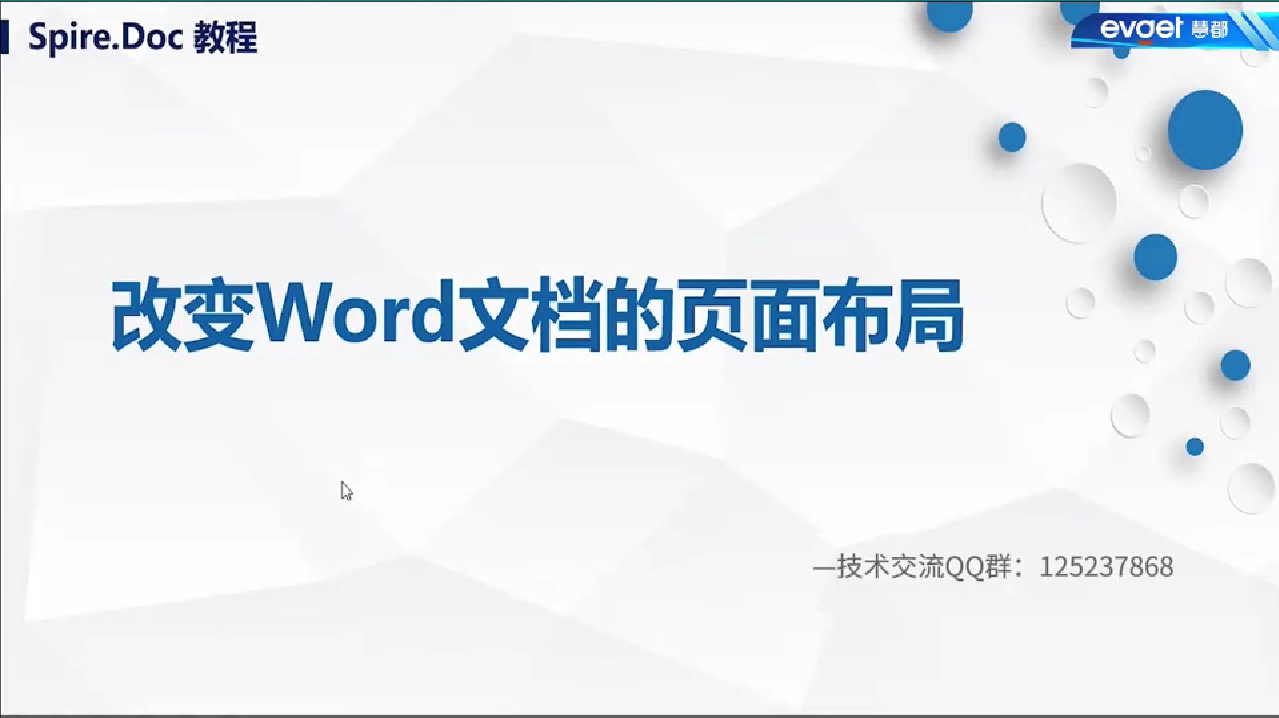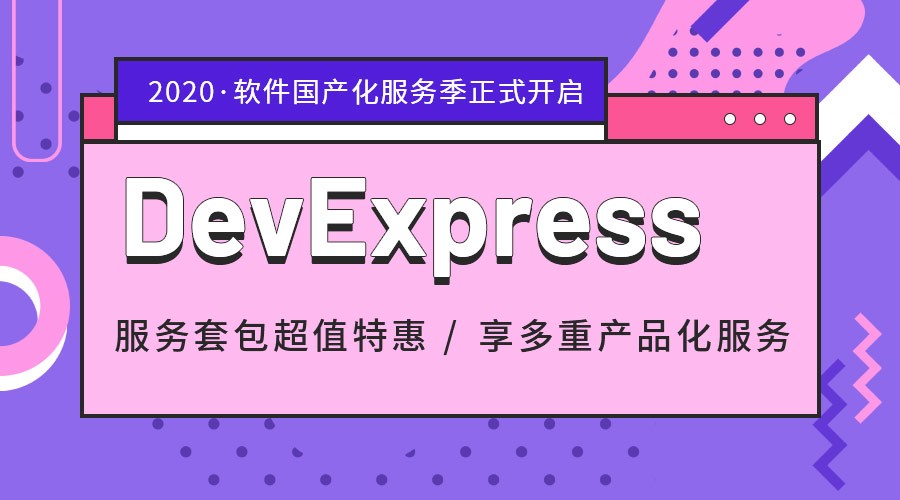首先,我们添加一个成员来保存添加的事件监控器:
Vector selectionListeners = new Vector();
我们再增加一个函数addSelectionListener,让程序员可以添加监控器
public void addSelectionListener(SelectionListener listener) {
selectionListeners.addElement(listener);
}
在我们前面的代码中,我们注意到每次选择项改变,我们都会调用selectionChanged函数。下面是selectionChanged函数代码。这里,我们会生成一个SelectionEvent事件,并且逐个调用事件监控器的widgetSelected方法。这样别人就可以监听到我们的事件了。
public void selectionChanged() {
Event event = new Event();
event.widget = this;
SelectionEvent e = new
SelectionEvent(event);
for (int i = 0; i <
selectionListeners.size(); i++) {
SelectionListener listener = (SelectionListener)
selectionListeners.elementAt(i);
listener.widgetSelected(e);
}
}
现在辅助功能(Accessibility)也日益成为软件重要的部分,它是的残疾人也能够方便的使用我们的软件。美国已经立法,不符合Accessibility规范的软件不能够在政府部门销售。我们开发的控件也需要支持Accessibility.下面的代码使我们的控件有Accessibility支持。其中最重要的是getRole和getValue函数。我们的控件是从Canvas继承,我们在getRole函数中返回ACC.ROLE_LIST,这样我们的控件才能让屏幕阅读软件将我们的控件作为列表控件对待。
Accessible accessible = getAccessible();
accessible.addAccessibleControlListener(new AccessibleControlAdapter() {
public void getRole(AccessibleControlEvent e) {
int role = 0; int childID = e.childID;
if (childID == ACC.CHILDID_SELF) {
role = ACC.ROLE_LIST; }
else if (childID >= 0 && childID < colors.size()) {
role = ACC.ROLE_LISTITEM;
}
e.detail = role;
}
public void getValue(AccessibleControlEvent e){
int childID = e.childID;
if (childID == ACC.CHILDID_SELF) {
e.result = getText();
}
else if (childID >= 0 && childID < colors.size()) {
e.result = (String)colorNames.get(childID);
}
}
public void getChildAtPoint(AccessibleControlEvent e) {
Point testPoint = toControl(new Point(e.x, e.y));
int childID = ACC.CHILDID_NONE;
childID = (testPoint.y - cy)/lineHeight;
if (childID == ACC.CHILDID_NONE) {
Rectangle location = getBounds();
location.height = location.height - getClientArea().height;
if (location.contains(testPoint)) {
childID = ACC.CHILDID_SELF;
}
}
e.childID = childID;
}
public void getLocation(AccessibleControlEvent e) {
Rectangle location = null;
int childID = e.childID;
if (childID == ACC.CHILDID_SELF) {
location = getBounds();
}
if (childID >= 0 && childID < colors.size()) {
location = new Rectangle(cx,childID*lineHeight+cy,maxX,lineHeight);
}
if (location != null) {
Point pt = toDisplay(new Point(location.x, location.y));
e.x = pt.x;
e.y = pt.y;
e.width = location.width;
e.height = location.height;
}
}
public void getChildCount(AccessibleControlEvent e) {
e.detail = colors.size();
}
public void getState(AccessibleControlEvent e) {
int state = 0;
int childID = e.childID;
if (childID == ACC.CHILDID_SELF) {
state = ACC.STATE_NORMAL;
}
else if (childID >= 0 && childID < colors.size()) {
state = ACC.STATE_SELECTABLE;
if (isFocusControl()) {
state |= ACC.STATE_FOCUSABLE;
}
if (rowSel == childID) {
state |= ACC.STATE_SELECTED;
if (isFocusControl()) {
state |= ACC.STATE_FOCUSED;
}
}
}
e.detail = state;
}
});
最后,我们需要提供一些方法方便程序员使用我们的控件。
public void setSelection(int index) {
if (index >= getItemCount() || index
< 0)
return;
oldRowSel = rowSel;
rowSel = index;
selectionChanged();
}
public int
getSelectionIndex() {
return rowSel;
}
public int getItemHeight() {
return lineHeight;
}
public void
setItemHeight(int height) {
lineHeight =
height;
}
public int getItemCount() {
return colors.size();
}
public void add(int colorIndex, String colorName) {
colorNames.add(colorName);
colors.add(new Integer(colorIndex));
}
我们开发的控件的使用也是非常简单的。
CustomList customlist = new CustomList( parent, SWT.V_SCROLL | SWT.H_SCROLL );
customlist.add(SWT.COLOR_BLACK,"BLACK");
customlist.add(SWT.COLOR_BLUE,"BLUE");
customlist.setSelection(1);
customlist.setSize(400,400);
customlist.setBackground(Display.getDefault().getSystemColor(SWT.COLOR_LIST_BACKGROUND));
以上我们介绍了如何开发一个简单的自定义控件所需要涉及的技术。这里我们只以一个简单的颜色控件为例,但是一旦我们掌握了方法,我们很容易就可以开发出各种不同的漂亮控件。
标签:
本站文章除注明转载外,均为本站原创或翻译。欢迎任何形式的转载,但请务必注明出处、不得修改原文相关链接,如果存在内容上的异议请邮件反馈至chenjj@evget.com

 首页
首页 















 281次
281次


 相关文章
相关文章 

 在线咨询
在线咨询




 渝公网安备
50010702500608号
渝公网安备
50010702500608号

 客服热线
客服热线